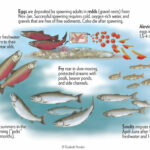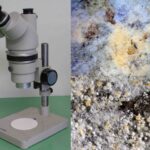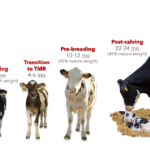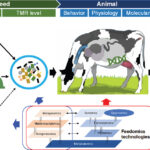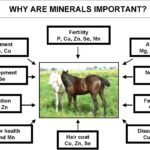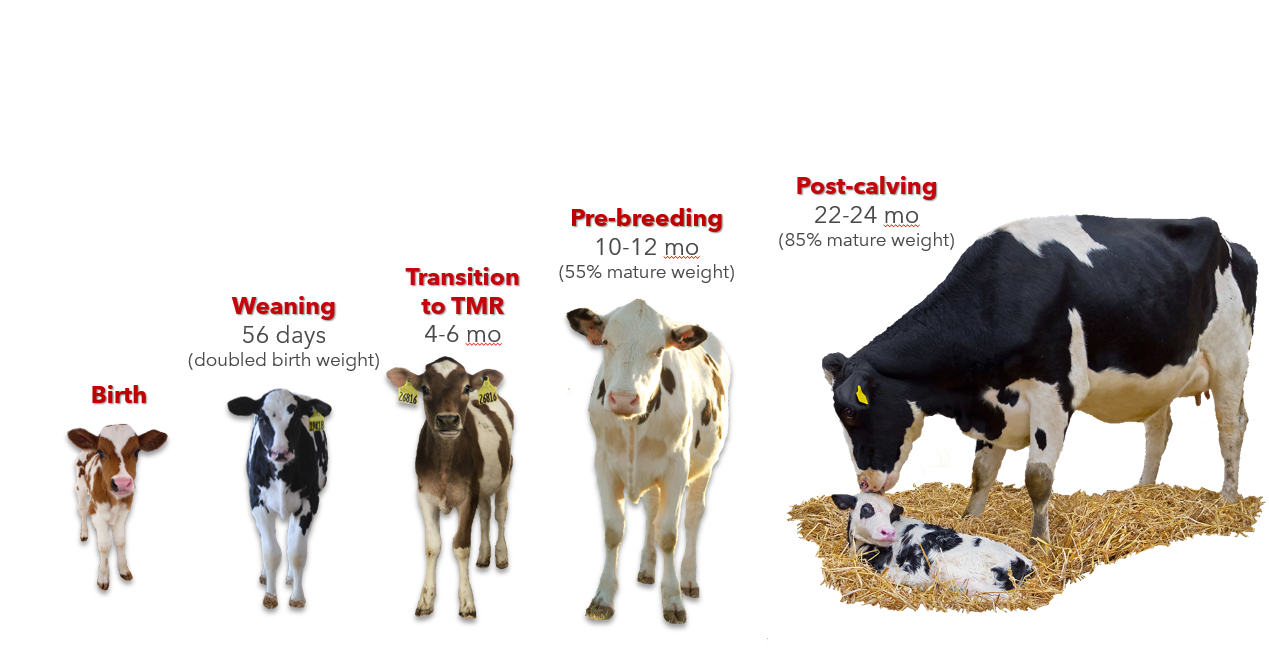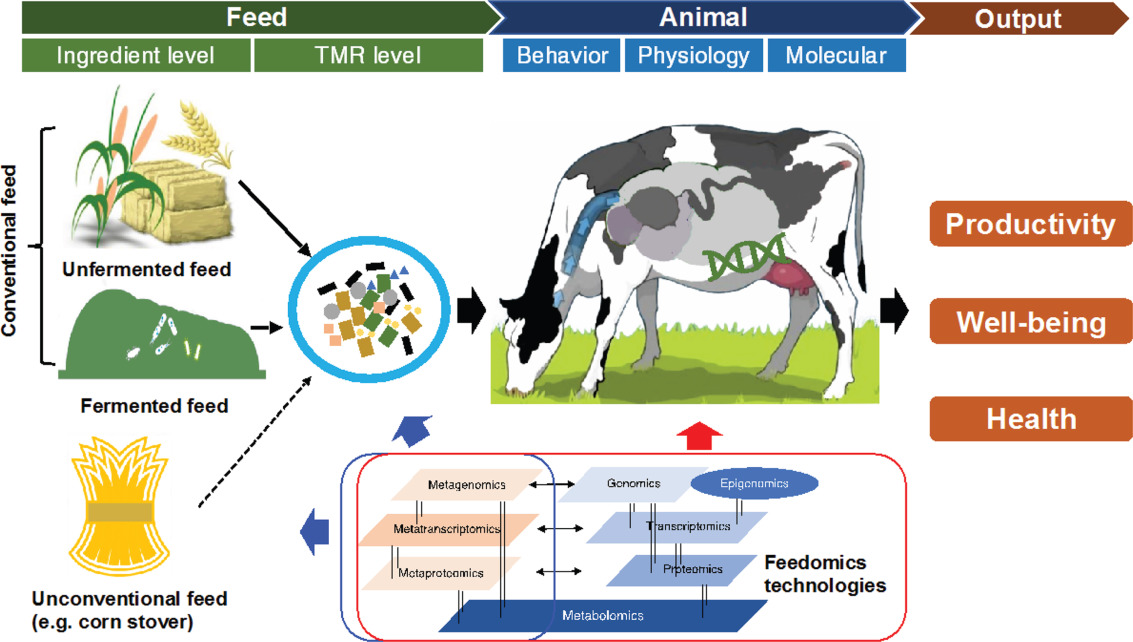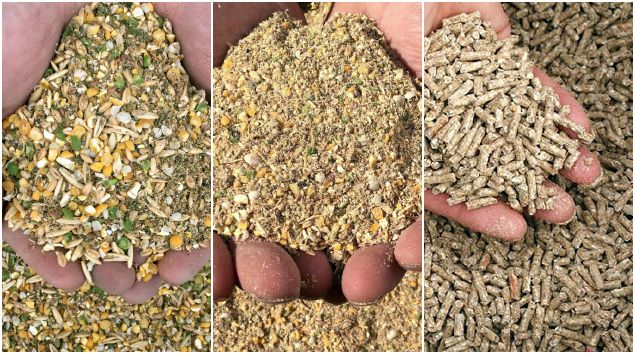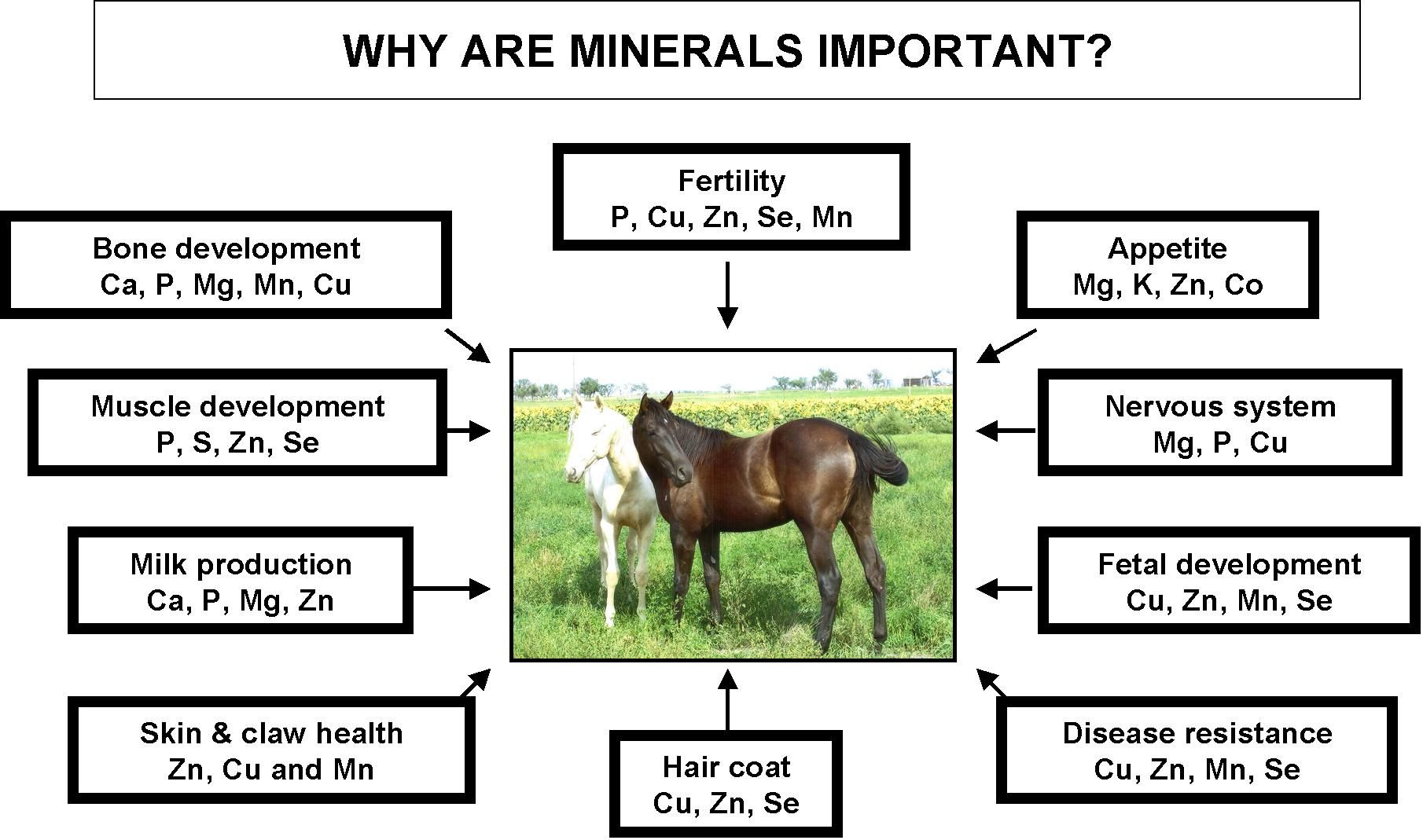1. Principle
The sample (feed or feed ingredient) is suspended in distilled water with a clarifying agent.
The urea content is determined using a spectrophotometer after addition of 4-dimethylaminobenzaldehyde
(4-DMAB).
2. Scope
The method is suitable for feeds and forages. Some feeds have added urea as a supplemental
source of nitrogen. This method describes determination of urea, ammonia content
is not included (see remark 9.4).
3. Responsibilities
Laboratory Analysts shall perform the analysis as per this method. It is the responsibility
of the Laboratory Analyst to ensure that all conditions laid down in the method are met
and strictly adhered to. Any deviations from the prescribed method shall be recorded and
supervisor notified.
4. Equipment
4.1. Mixer (tumbler), approximately 35 to 40 rpm.
4.2. Test tubes, 160 mm × 16 mm with ground-glass stoppers.
4.3. Spectrophotometer.
5. Reagents
5.1 Solution of 4-dimethylaminobenzaldehyde (4-DMAB)
Dissolve 1.6 g of 4-DMAB in 100 ml of 96% aqueous ethanol and add 10 ml of HCl
(37% HCl or ρ20 = 1.19 g/ml). This reagent can be kept for a maximum period of two
weeks.
5.2 Carrez solution I
Dissolve 21.9 g of zinc acetate, Zn(CH3COO)2.2 H2O and 3 g of glacial acetic acid in
distilled water. Make up to 100 ml with distilled water.
5.3 Carrez solution II
Dissolve 10.6 g of potassium ferrocyanide, K Fe(CN)6. 3 H2O in distilled water. Make
up to 100 ml with distilled water.
5.4 Activated carbon which does not absorb urea (check this before using).
5.5 Urea, 0.1% solution (w/v).
6. Procedure
6.1 Sample Analysis
6.1.1 Weigh 2 g of the sample to the nearest mg and place with 1 g of active carbon
(5.4) in a 500 ml volumetric flask.
6.1.2 Add 400 ml of distilled water and 5 ml of Carrez solution I (5.2), mix for
approximately 30 seconds and add 5 ml of Carrez solution II (5.3).
6.1.3 Mix for 30 minutes and make up to the mark with distilled water, mix and filter.
6.1.4 Transfer 5 ml of the transparent colourless filtrate to a test tube with groundglass
stopper, add 5 ml of 4-DMAB solution (5.1) and mix.
6.1.5 Place the tubes in a water bath at 20 ± 4 °C.
6.1.6 After 15 minutes measure the absorbance of the sample solution using a spectrophotometer
at 420 nm. Compare with the corresponding blank solution
(containing 5 ml of 4-DMAB and 5 ml of distilled water free from urea).
6.2 Calibration curve
6.2.1 Transfer 1, 2, 4, 5 and 10 ml of the urea solution (5.5) into 100 ml volumetric
flasks and make up to the mark with distilled water.
6.2.2 Take an aliquot of 5 ml from each solution, add 5 ml of 4-DMAB solution
(5.1), mix well and measure the absorbance against a blank containing 5 ml of
4-DMAB and 5 ml of water free from urea.
6.2.3 Measure absorbance at 420 nm using a spectrophotometer and plot the calibration
curve.
7. Calculation
Concentration of urea in the sample solution is determined from the linear regression of
the calibration curve (6.2.3).
As – b
cs = ________
m
where,
cs = urea concentration of the sample solution in mg/100 ml,
As = absorbance value of the sample solution,
B = y-intercept of the regression line, and
m = slope of the regression line.
Urea content of the sample considering the conditions as mentioned in 6.1 (weight of 2 g
in 500 ml solvent) is calculated as:
urea [%] = cs • 0.25
Urea content of the sample in general is calculated as:
cs • V • F
urea [%] = ________
w • 1000
where,
V = volume of the sample solution in ml,
F = the dilution factor, and
w = the sample weight in g.
Thank you for reading. Don't forget to subscribe & share!

